3D video is often touted as “the new thing,” but in fact, it has been around for many decades. Those of us old enough might remember those cardboard glasses at the theater with red and blue filters and the cheesy B-movies that went with them. After a long hiatus from the cinema, DLP projectors made it possible for shutter glasses to grace IMAX theaters today.
3D in consumer displays has followed a similar path, but the one constant has been those glasses. Though they take different forms, they all involve what is essentially a pair of goggles sitting on your head while you watch. Many would say this is why the format has never really caught on.
Glasses-free 3D is not new, but I haven’t seen any of the best gaming monitors in the genre until recently, when Samsung offered a test drive of its Odyssey 3D G9. It utilizes real-time eye tracking along with some slick software to create a 3D experience from dedicated content and conversion of 2D material as well. It’s also a premium gaming monitor featuring a 27-inch IPS panel, 4K resolution, 165 Hz refresh rate, Adaptive-Sync, HDR10, and a wide gamut color. Let’s take a look.
Samsung Odyssey 3D G9 Specs
Swipe to scroll horizontally
Panel Type / Backlight | IPS / W-LED, edge array |
Screen Size / Aspect Ratio | 27 inches / 16:9 |
Max Resolution and Refresh Rate | 3840x2160 @ 165 Hz |
| Row 3 - Cell 0 | FreeSync and G-Sync Compatible |
| Row 4 - Cell 0 | 3D compatible w/conversion |
Native Color Depth and Gamut | 10-bit / DCI-P3 |
Response Time (GTG) | 1ms |
Brightness (mfr) | 350 nits |
Contrast (mfr) | 1,000:1 |
Speakers | 2x 5w |
Video Inputs | 1x DisplayPort 1.4 |
| Row 11 - Cell 0 | 2x HDMI 2.1 |
Audio | 3.5mm headphone output |
USB 3.1 | 1x up, 1x down |
Power Consumption | 34.8w, brightness @ 200 nits |
Panel Dimensions WxHxD w/base | 24.2 x 16.4-21.1 x 8 inches (615 x 417-536 x 203mm) |
Panel Thickness | 1.8 inches (46mm) |
Bezel Width | Top/Bottom: 0.7 inch (18mm) |
| Row 18 - Cell 0 | Sides: 0.3 inch (8mm) |
Weight | 16.5 pounds (7.5kg) |
Warranty | 3 years |
The 3D G9 is first and foremost, a premium gaming monitor. Without its 3D technology, it still competes with the best 4K gaming monitors currently available, featuring 165 Hz, Adaptive-Sync, and a precise overdrive that delivers smooth motion resolution and quick responses. Accurate out-of-box color, wide gamut coverage, and high brightness ensure an excellent image that will satisfy gamers from casual to hardcore.
The 3D part adds a significant price premium. The 3D G9 currently retails for $1,800. And since you can find other gaming monitors with similar performance for less money, you have to know going in that you’re paying extra for that glasses-free 3D experience.
I first encountered this tech during my review of Acer’s SpatialLabs portable monitor about two years ago. Samsung uses the same technique of sensors that track the user’s eye and head movements to maintain a stereo image as you change your viewpoint. To this, the 3D G9 adds spatial audio that moves with the image, creating the illusion of surround sound. Not only does the 3D G9 play 3D-enabled games, but its companion app, Reality Hub, can convert 2D videos on the fly into 3D content.
When you’re not marveling at the 3D image or playing games, the 3D G9 is an extremely capable all-around display with wide gamut color that covers just under 90% of DCI-P3. Accuracy is spot-on without calibration, so you don’t need to do much to set it up. There’s plenty of brightness available for both SDR and HDR content, with 482 and 510 nits peak, respectively. A field dimming feature triples the contrast for both formats, up to around 2,600:1.
What do you need to make this magic happen? The hardware requirements for an optimal 3D experience are an Intel Core i7 or AMD Ryzen 7 1700X processor and a GeForce RTX 3080 or RTX 4080. You’ll also need 32GB of DDR5-5600 RAM. If you have an AMD GPU, only side-by-side 3D formats are supported. You can do this over DisplayPort or HDMI, and you’ll need a USB connection to enable the sensor package.
If you have the budget and the will, the 3D G9 delivers a unique experience that you can’t get anywhere else, at least until I review the Acer SpatialLabs View 27, which will be very soon.
Assembly and Accessories
The 3D G9 comes in a slim box with its contents protected by crumbly foam. It resembles any other Odyssey monitor, wrapped in a plain brown box. Only the “3D” in the model name hints at what’s inside. The panel snaps onto a substantial stand with a wide upright and solid metal base. A small external power supply with right-angle plugs is included, along with HDMI, DisplayPort, and USB cables.
Product 360
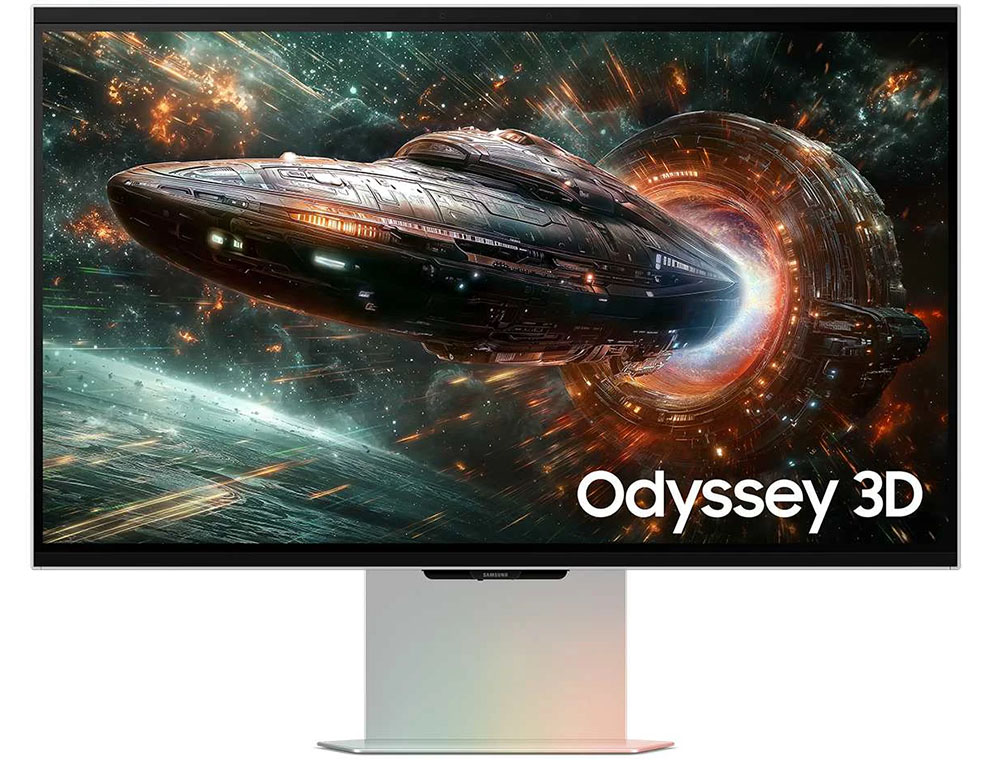
The 3D G9 doesn’t look vastly different from other Samsung monitors, or other monitors for that matter. It integrates its cutting-edge technology neatly with a slightly wider-than-normal top bezel and a small bulge at the bottom. These parts house the eye and head tracking sensors, which maintain the 3D effect. It’s important to note that this only works for a single user sitting directly in front of the monitor. If you are more than 25 degrees off-center, the image won’t look right. Also, since you’re seeing two phased images per frame, each one is 1920x1080 pixels at 60 Hz.
The screen is covered in a very shiny front layer, which is optically sharp but picks up every stray reflection. You’ll want to be thoughtful when placing the 3D G9 by avoiding windows and overhead light sources. It’s best used in dim or indirect light. Across the bottom of the panel is a bright LED band that can display one of 48 colors, or a series of moving effects, or sync with what’s happening on screen.
The tracking sensors are cleverly hidden in the bezel and are barely visible. This element means you’ll be hard-pressed to tell the 3D G9 from a regular monitor. You can just see them in the third photo above.
From the sides and back, all you see is silver plastic and smooth surfaces with no visible texture or style lines. The back has a single vent across the top and a small logo offset to the left. The stand is unique in my experience with a wide upright featuring a small cable management hole. It includes full ergonomics with 3/15 degrees tilt and 4.7 inches of height plus a 90-degree portrait mode. There is no swivel adjustment. Movements are firm, almost too firm, but keep the 3D G9 in place without wobbling.
Input face rearwards and include two HDMI 2.1, one DisplayPort 1.4, and USB 3.1, one upstream and two down. You’ll need the former for 3D operation. There is no headphone jack, but the internal speakers produce clean sound with decent volume from their five-watt op-amps. Also on the input panel is the OSD joystick, which controls all monitor functions.
OSD Features
The 3D G9’s OSD resembles that of any Samsung gaming monitor, featuring a dashboard-style interface that displays status information at the top and a menu tree. There are five sub-menus with everything needed for calibration, gaming aids, and 3D operation.
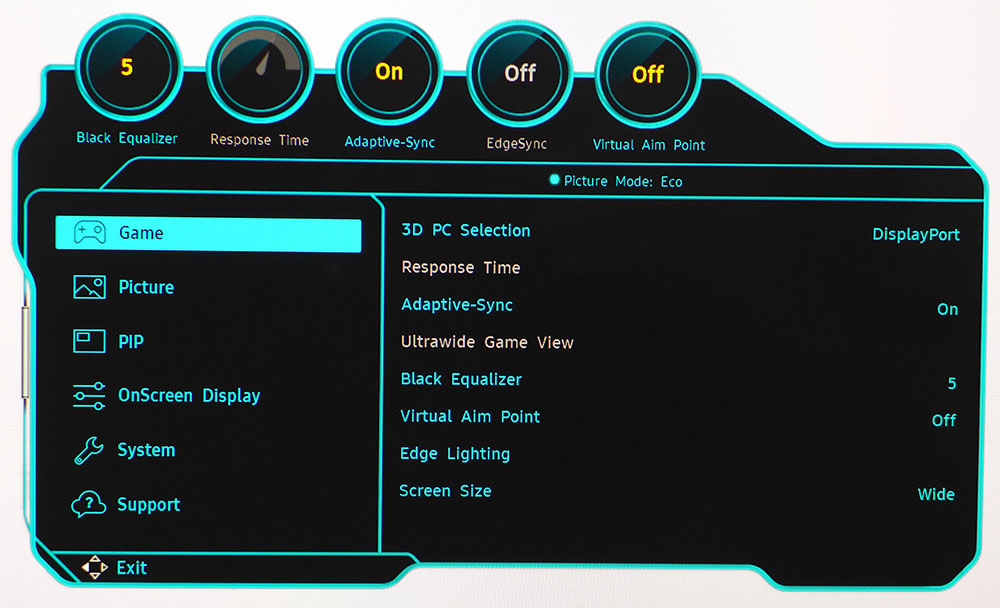
The Game menu has all video processing options and the sole 3D control, which is an input selector. You can bind either HDMI or DisplayPort to the 3D function with equal capability. There is no advantage to one over the other. 3D doesn’t work with Adaptive-Sync or HDR and tops out at FHD 60 Hz. The only gaming aid is a selection of aiming points. The Edge Lighting feature is here as well with 48 colors, six effects, and a sync option.
In the Picture menu, you’ll find 10 picture modes. Eco is the default and unlike most monitors, it does not limit brightness. And it’s blessed with perfect color, no calibration needed. You can tweak it if you want with fixed color temps, gamma presets and single-point white balance sliders. A gamut selector toggles between Native (full gamut) and Auto which switches between sRGB for SDR and P3 for HDR. Also here is local dimming, which is a bit misleading. The 3D G9 only employs field dimming to increase contrast but it’s available for SDR and HDR and gets you up to around 2,600:1. For HDR, you can turn on dynamic tone mapping which improves the look of HDR10’s static metadata.
The 3D G9 included Picture-in-Picture (PIP) to display two video sources simultaneously. The window can be sized and moved, you can play sound from either input, or change the aspect ratio.
Samsung Odyssey 3D G9 Calibration Settings
Calibrating the 3D G9 is unnecessary in its default Eco mode. If you want auto color gamut switching, change that option to Auto from Native, which shows the full gamut all the time, around 90% coverage of DCI-P3. If you do want to tweak, reduce gamma and green by one click each for a tiny drop in error values, but you won’t see a significant visual difference to the image. Those settings are below. The dimming can be used in SDR and HDR modes and works well when set on High to stretch contrast to 2,600:1. Though it’s called local dimming, it is in fact a field dimming feature.
For HDR content, you can adjust any image parameter, but that too is unnecessary. I recommend engaging the dynamic tone mapping, Active versus the default Static setting. My SDR settings are shown below.
Swipe to scroll horizontally
Picture Mode | Eco |
Brightness 200 nits | 20 |
Brightness 120 nits | 11 |
Brightness 100 nits | 9 |
Brightness 80 nits | 7 |
Brightness 50 nits | 5 (min. 22 nits) |
Contrast | 50 |
Gamma | -1 |
Color Temp User | Red 0, Green -1, Blue 0 |
Gaming and Hands-on
Diving first into the 3D G9’s 3D operation, I downloaded and installed the Reality Hub app. You’ll need to specify which input, HDMI or DisplayPort, is used for 3D, and make a USB connection to get it working. Reality Hub is the central point for all 3D content and video conversion. You can register games and use it to apply AI processing to 2D video that’s playing full screen.

In practice, the 3D effect is extremely deep. The third axis is as realistic as I’ve ever seen from any 3D display. There’s no sacrifice to going glasses-free. In fact, I found it deeper than what I’ve seen using DLP Link with a projector. Gaming is something that should be savored. You won’t want to play fast-paced shooters because they go by too quickly to enjoy the scenery. That’s just as well because the resolution is halved to FHD, and the refresh rate maxes at 60 Hz. But as I explored a virtual world, I took my time to enjoy the effect. The 3D G9’s eye tracking is precise and responds instantly to changes in viewpoint. I could move my eyes and head, and the 3D effect never wavered. I could only compare it to the Acer SpatialLabs 3D portable monitor I reviewed two years ago, and Samsung’s version is definitely superior.
Of the 3D G9’s tricks, my favorite is the video conversion. Once you’ve installed Reality Hub, it’s always running in the system tray and when you play a full screen video, a pop-up asks if you’d like to convert it to 3D. Answering yes makes the screen shift for a few seconds while the AI does its thing and then you’re presented with perfect 3D video. There’s no visible crosstalk and the effect stays solid if you move your head up to 25 degrees off-center. You also need to stay within 22-37 inches (55-95cm) for optimal viewing.
I played content from YouTube as well as Netflix, Discovery+ and Disney+. 3D doesn’t work with HDR, but all the SDR streams I played were rendered perfectly. The effect is almost mesmerizing and definitely addictive. Watching 3D without glasses removes the gimmick vibe it always had for me. If you’re a fan of desktop TV watching and you want 3D, the 3D G9 will be your jam.
For regular games like Doom Eternal, I enjoyed the 3D G9’s bright and colorful HDR rendering. Though it doesn’t have the contrast of a Mini LED or OLED screen, it does have higher peaks than most edge-lit monitors. Color and tone mapping were spot-on as well.
Gaming response is on par with the best 4K LCD panels I’ve reviewed. Input lag is low enough that I couldn’t perceive it, and motion processing is super smooth. You won’t get 4K frame rates much higher than the 3D G9’s 165fps unless you play on a 240 Hz OLED.
For everyday use, the 3D G9 excels with a sharply detailed image. 4K at 27 inches means the highest pixel density short of an 8K screen at 163ppi. It was perfect for Photoshop, Word and Excel, which all benefit from high resolution. The screen’s front layer was a little challenging to place being so shiny, but optically, it was a cut above the norm.
Takeaway: The 3D G9 is an extremely competent 4K gaming monitor with quick response and a colorful, sharp and bright image. It’s expensive, but you’re getting glasses-free 3D, which is superbly done and will upconvert any full-screen 2D video. The effect is incredibly lifelike and deep, and unlike anything else you’ve seen before. It’s a huge leap over the Acer SpatialLabs 3D portable I saw two years ago. If 3D is the future, the 3D G9 is ahead of its time.
MORE: Best Gaming Monitors
MORE: How We Test PC Monitors
MORE: How to Buy a PC Monitor

 5 months ago
71
5 months ago
71
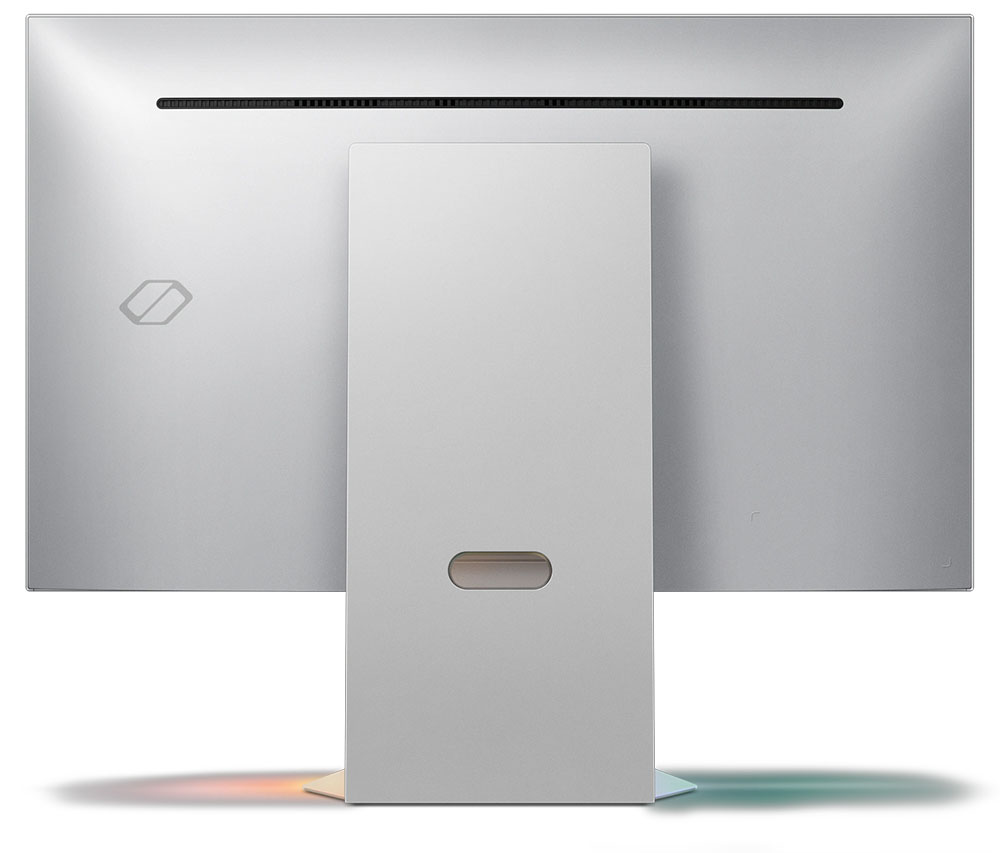
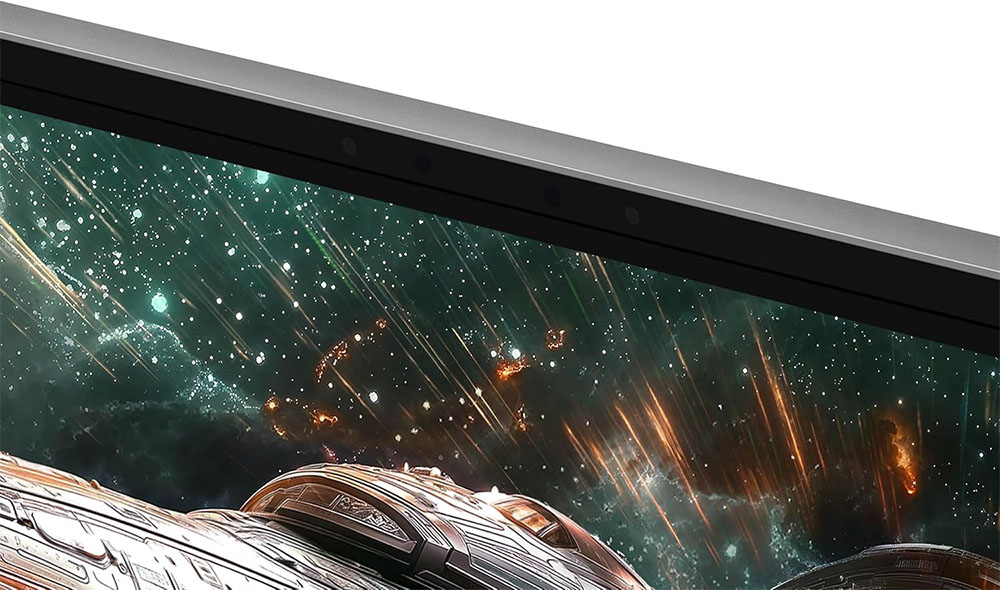

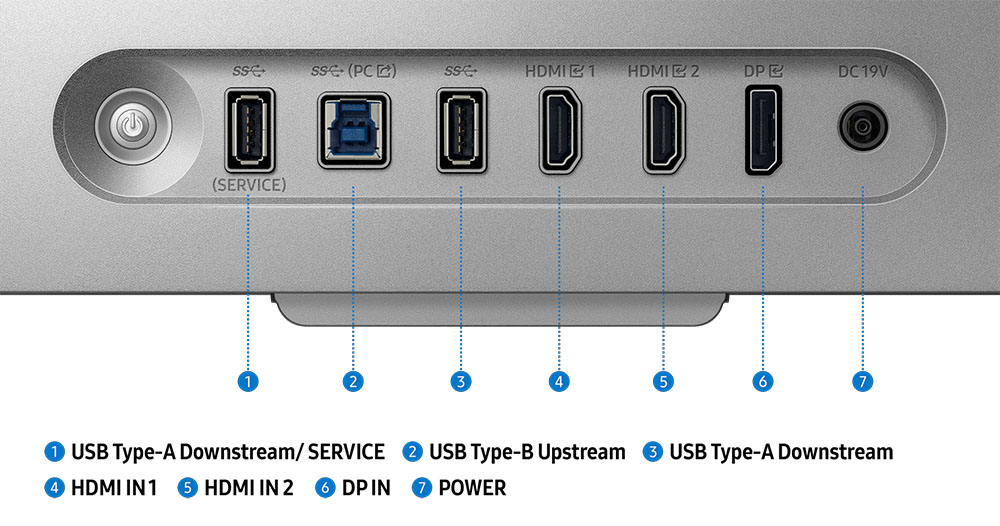
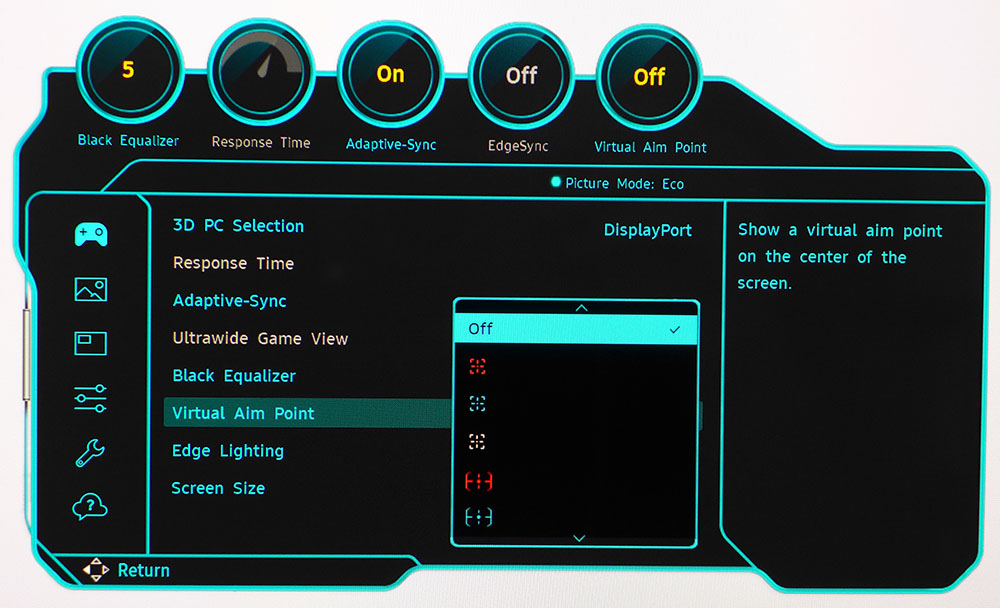

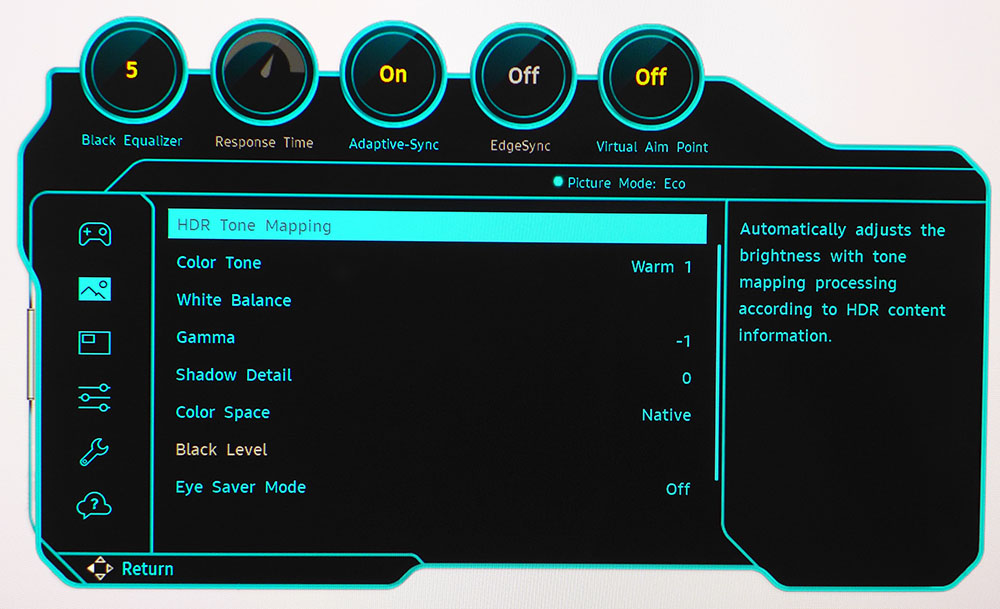
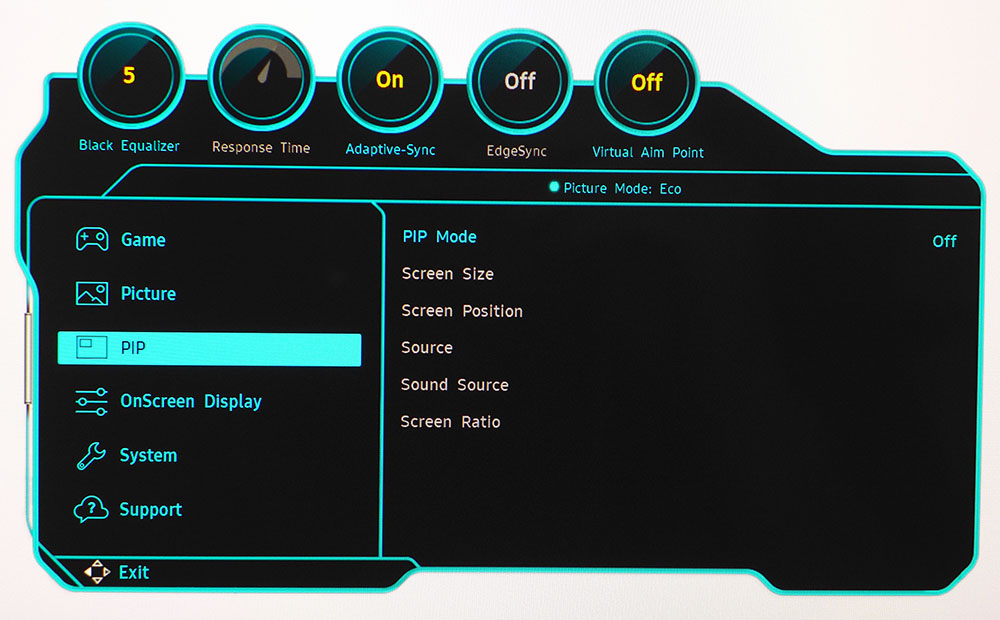

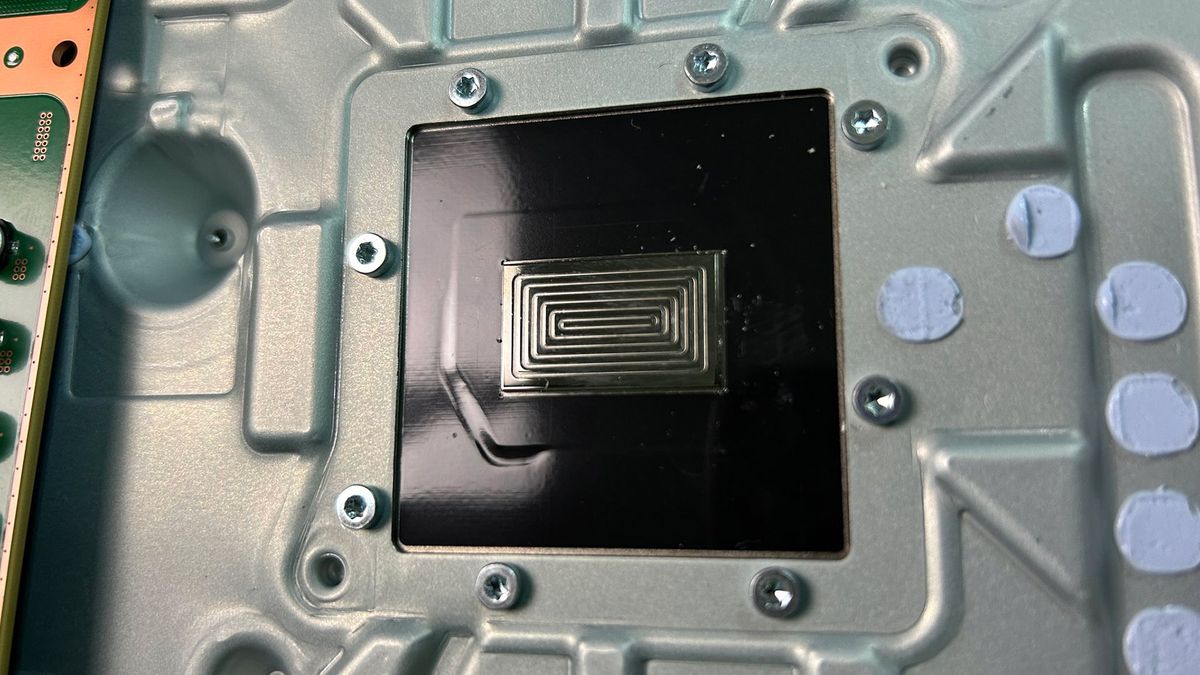




 English (US) ·
English (US) ·